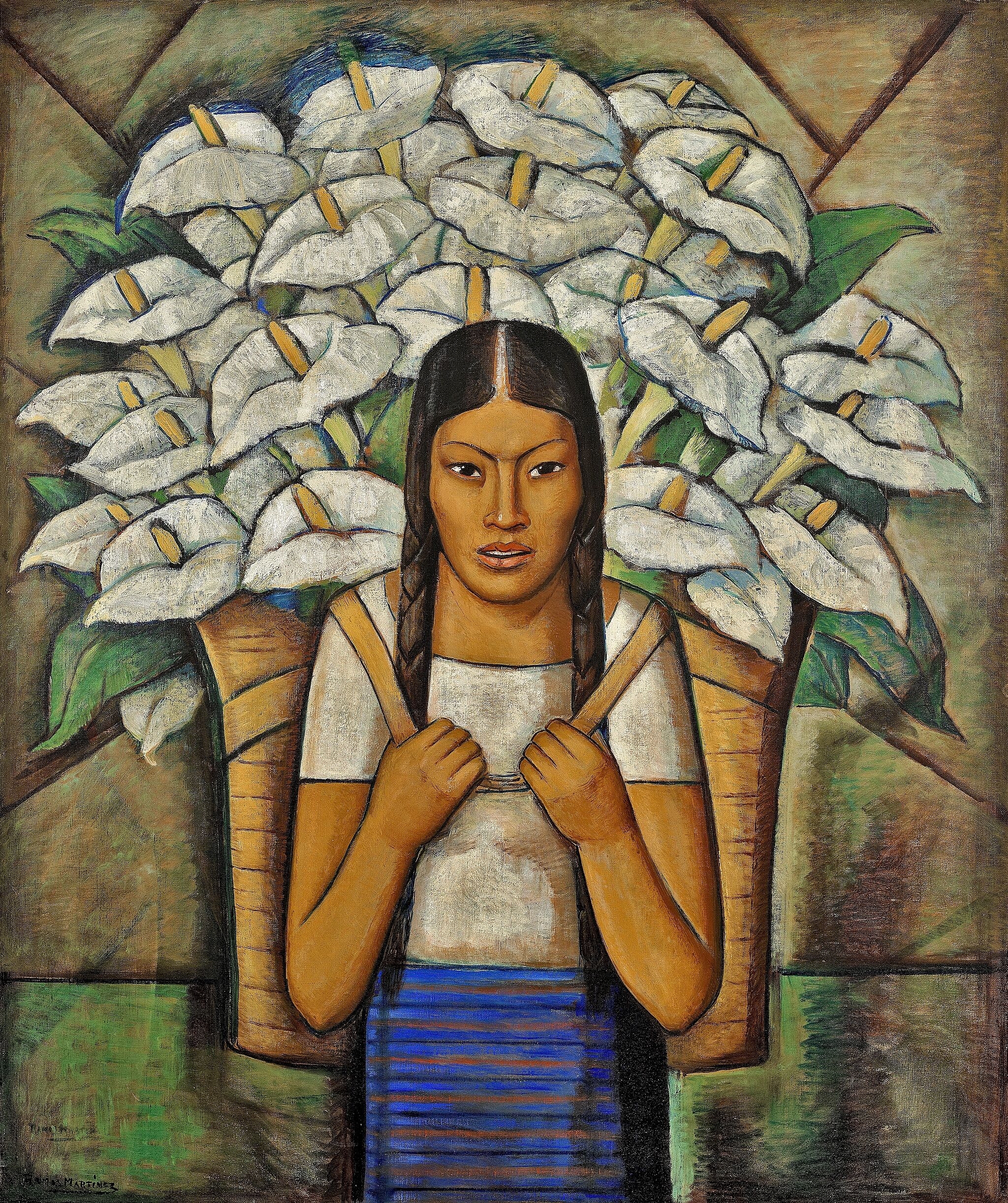After Los Tres Grandes: Aesthetic and Political Legacies of Mexican Muralism
Sept 25, 2020
This conversation between Barbara Haskell, curator of Vida Americana: Mexican Muralists Remake American Art 1925–1945, and Alejandro Anreus, art historian and author of Orozco in Gringoland: The Years in New York (University of New Mexico, 2001), examines the artistic and ideological differences between Diego Rivera, José Clemente Orozco, and David Alfaro Siqueiros—known as los tres grandes—and how those distinctions impacted the reception of each artist during their time in the U.S. as well as in the postwar period. Works by artists including Rico Lebrun, Leon Golub, and Judy Baca will be discussed.
Alejandro Anreus is professor of art history and Latin American/Latino Studies at William Paterson University. He is the author of Orozco in Gringoland (2001) and Luis Cruz Azaceta (2014), editor and contributor of Ben Shahn and the Passion of Sacco and Vanzetti (2001), The Social and the Real: Political Art of the 1930s in the Western Hemisphere (2006), Mexican Muralism: A Critical History (2012) and the forthcoming Blackwell Companion to Modern and Contemporary Latin American and Latina/o Art (2020). He is currently completing a manuscript on Cuban art of the 1940s. His articles and essays have appeared in Art Journal, Art Nexus, Third Text, Encuentro de la Cultura Cubana, Commonweal, and Diario de Cuba.
This program is funded by the Flack Family in memory of long-time docent Marianne L. Flack.

